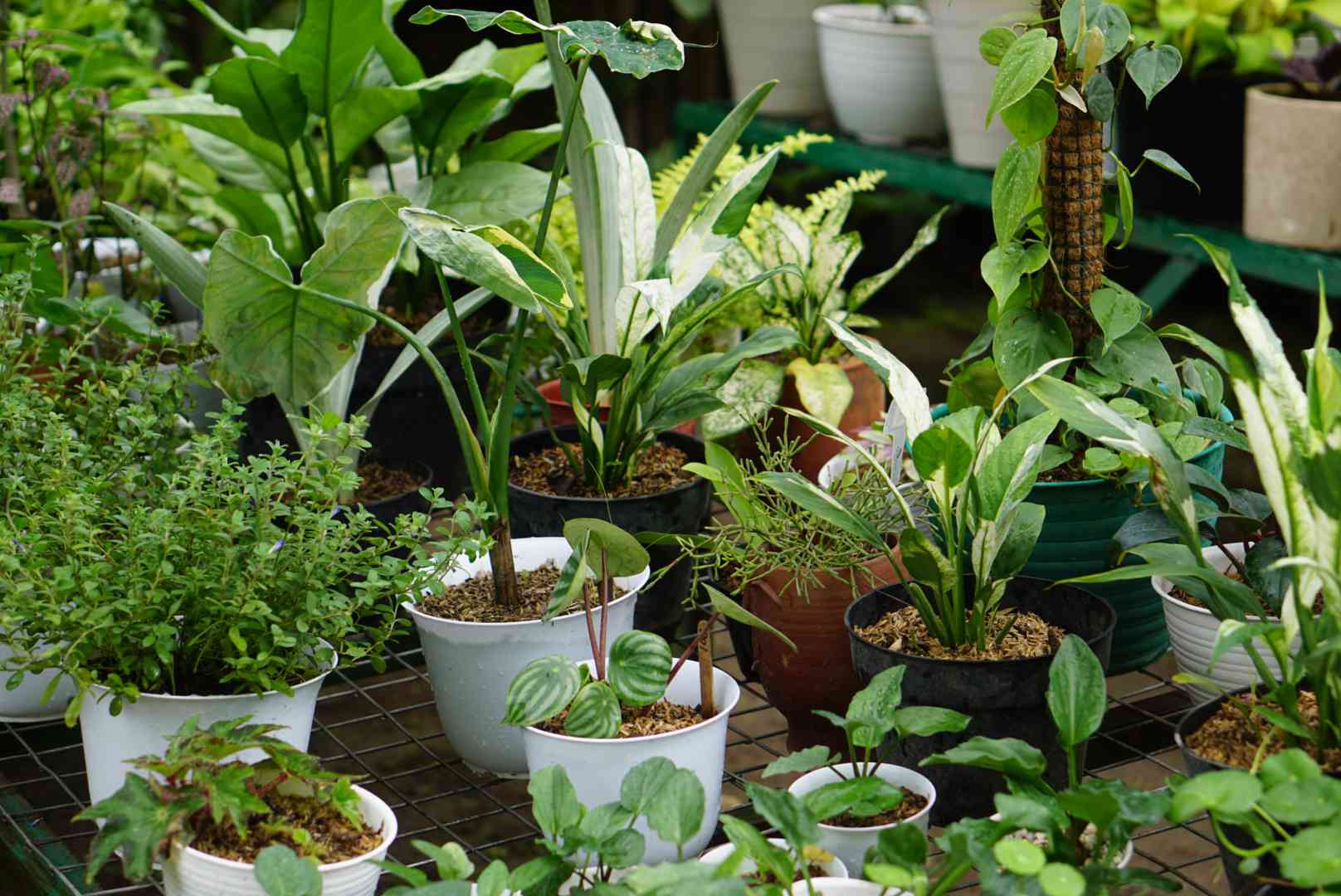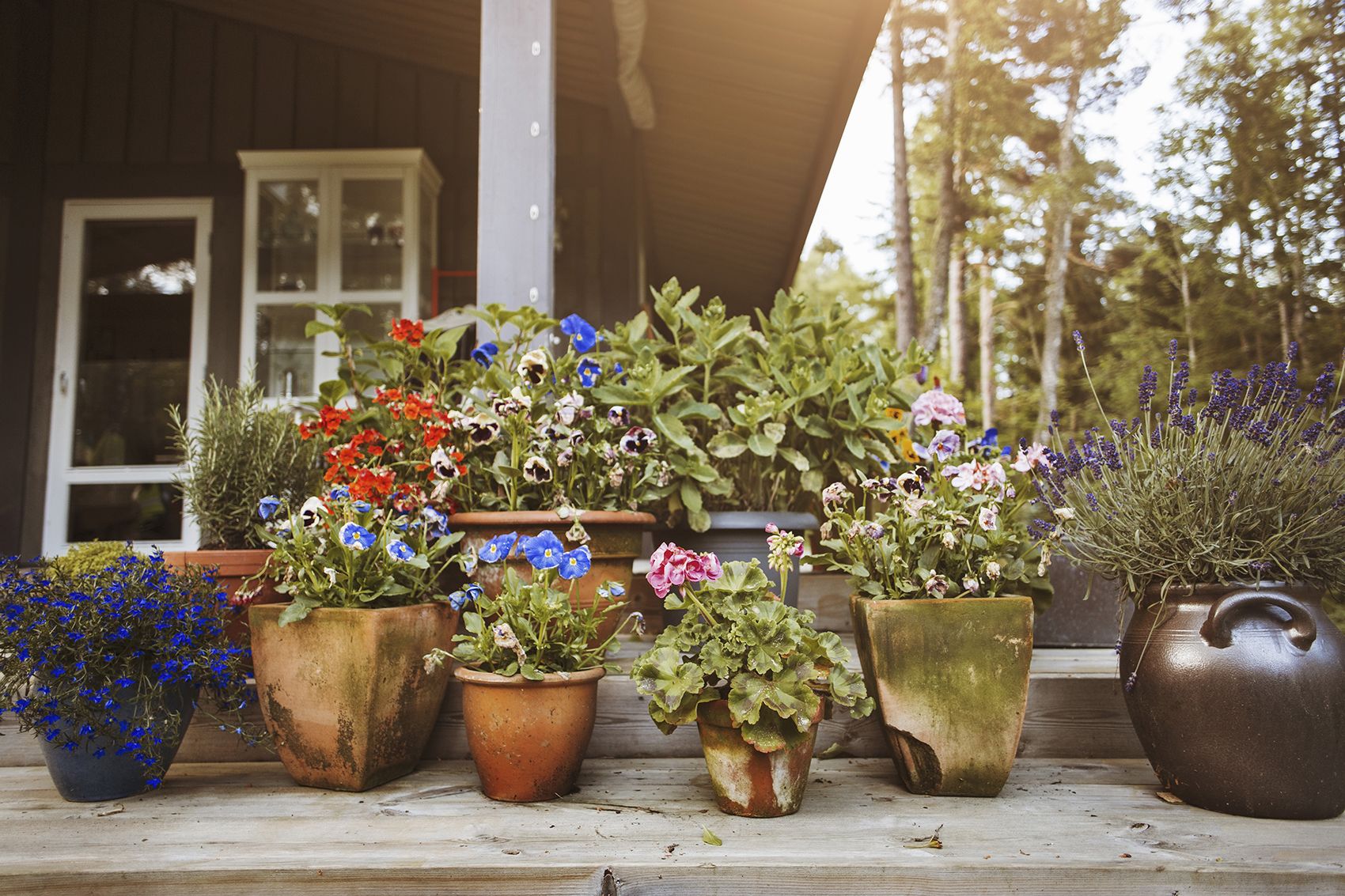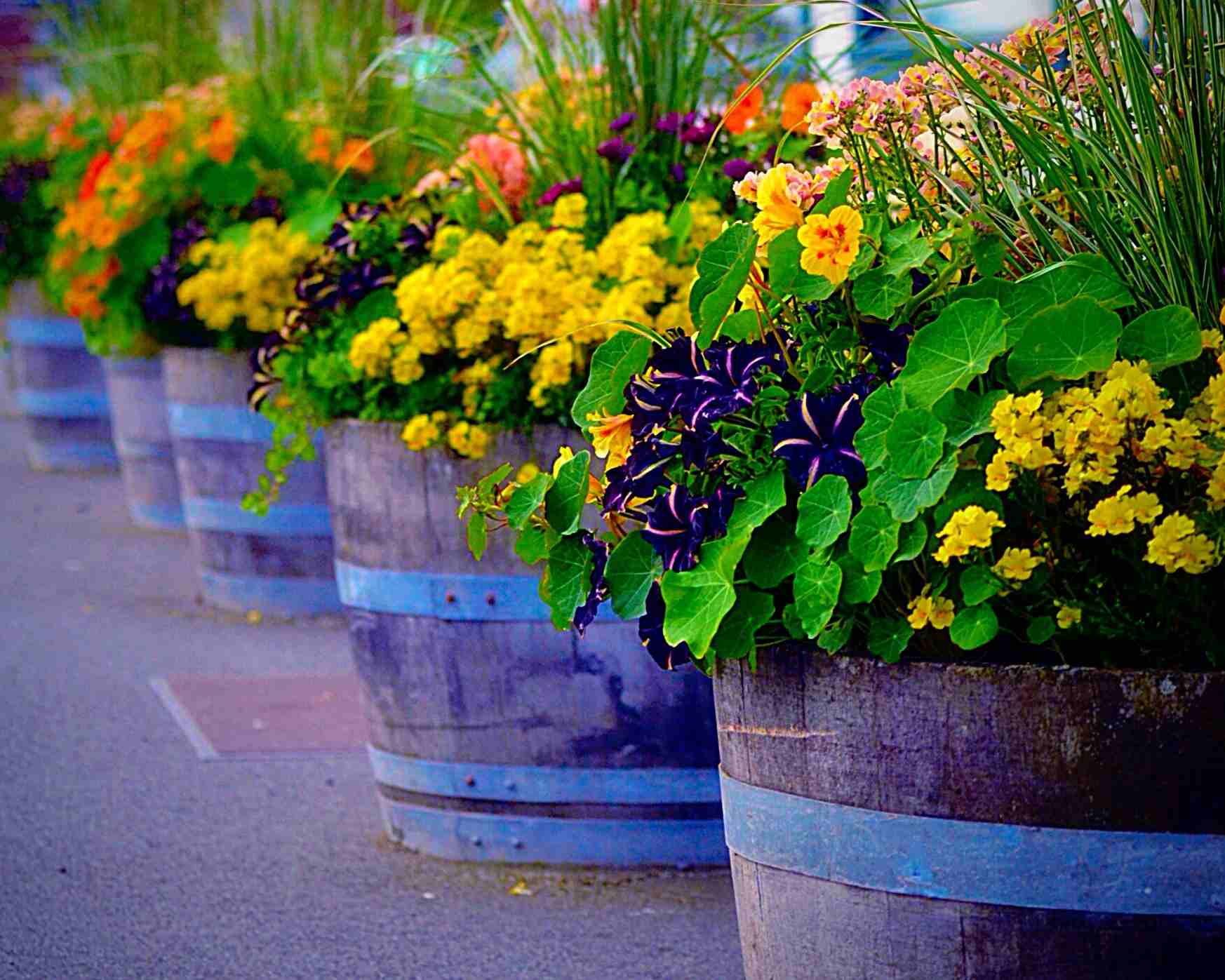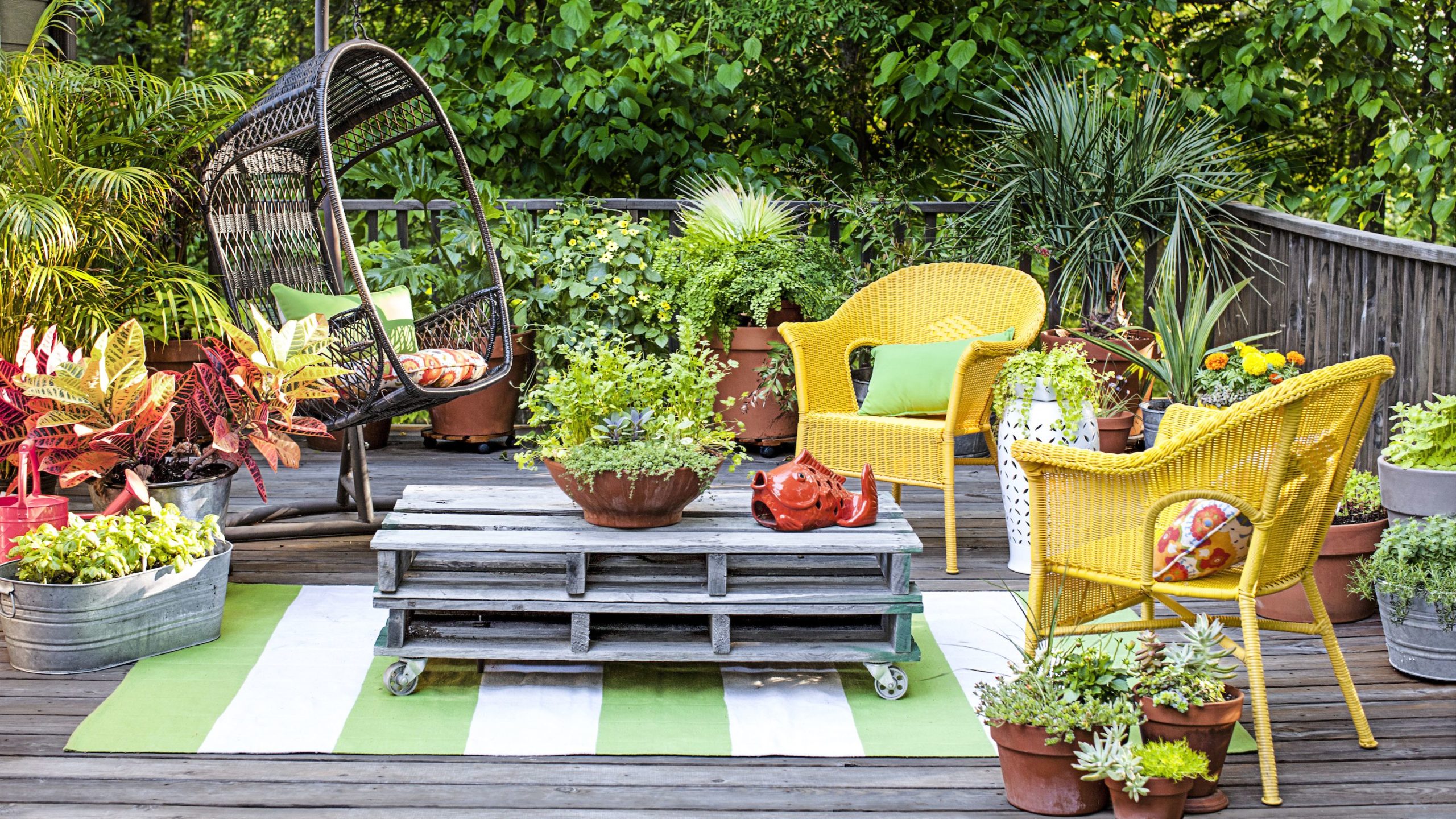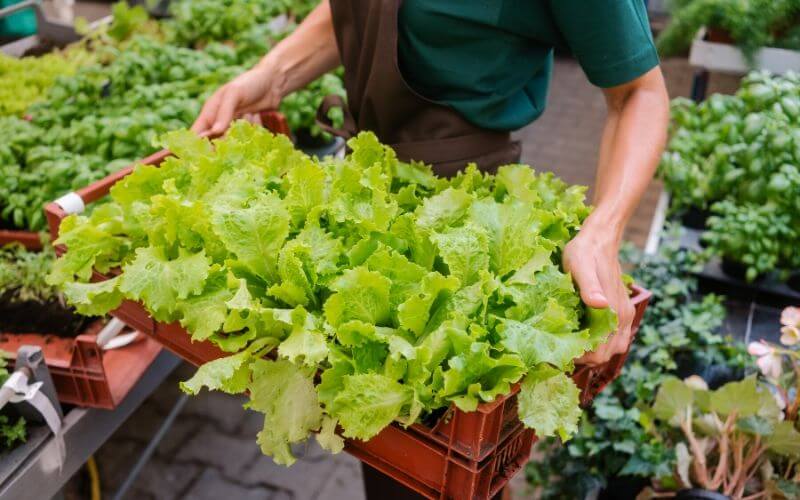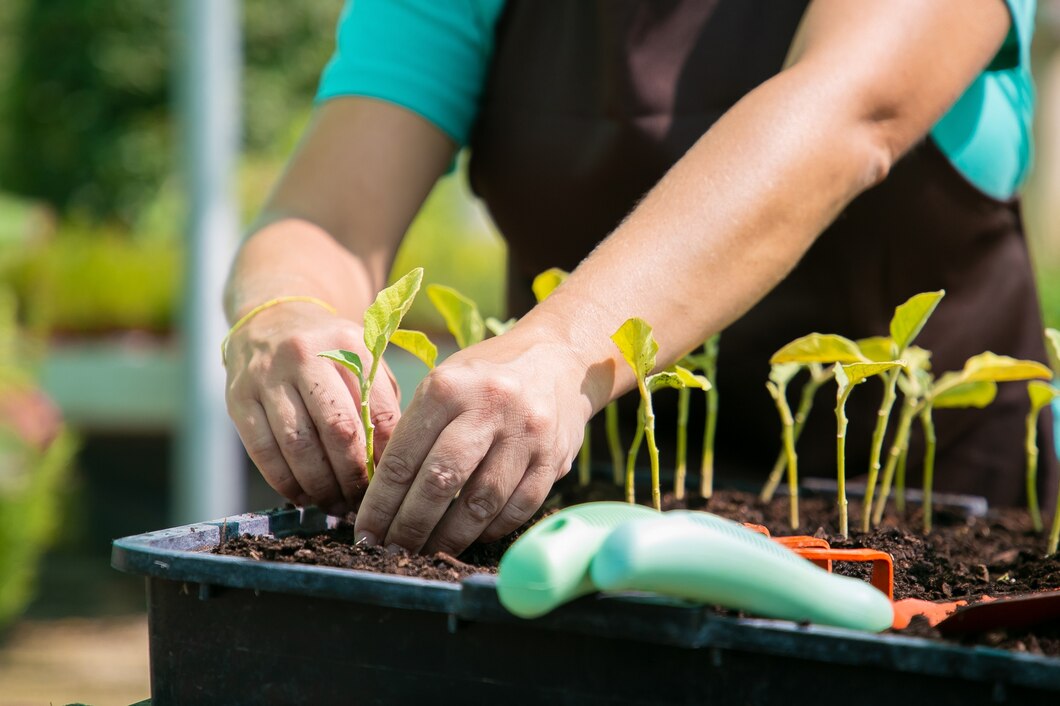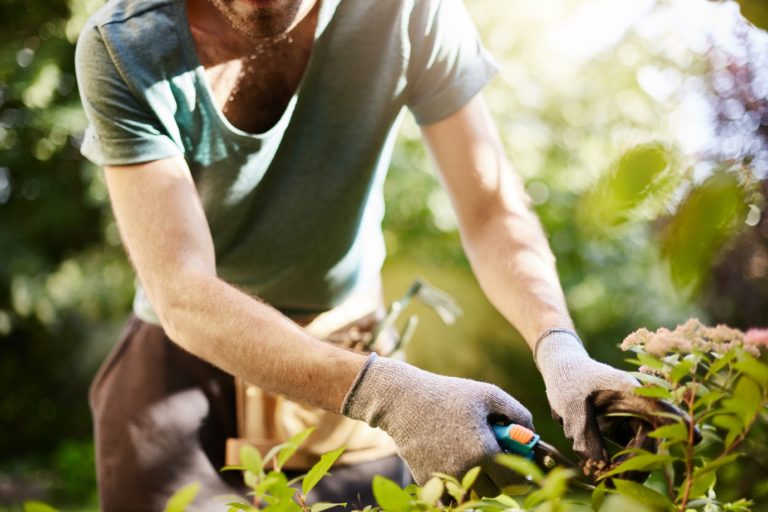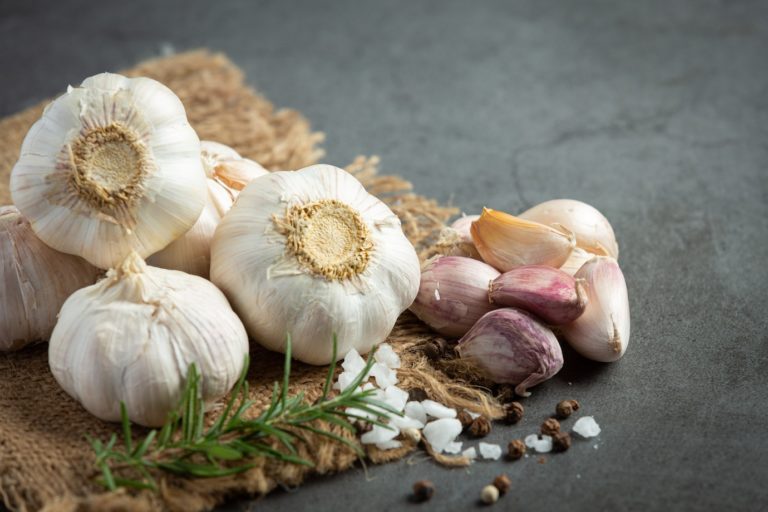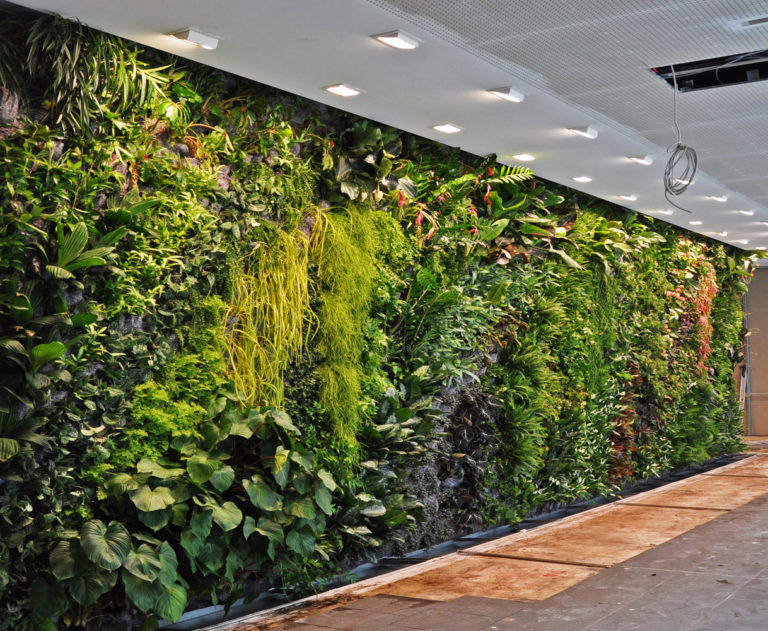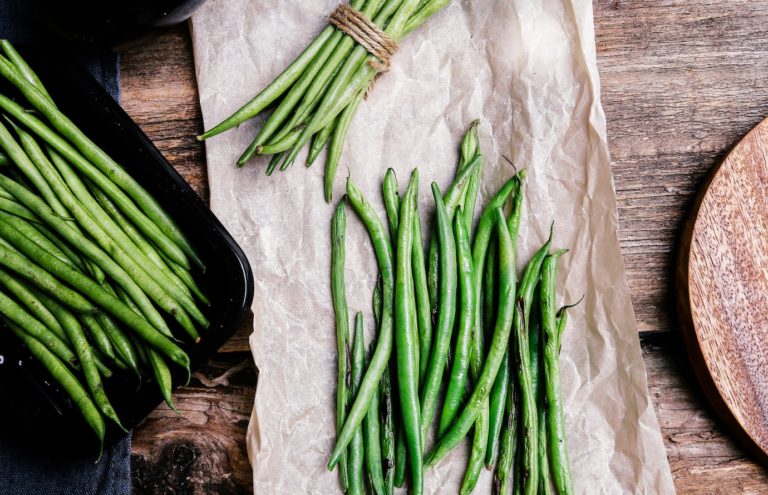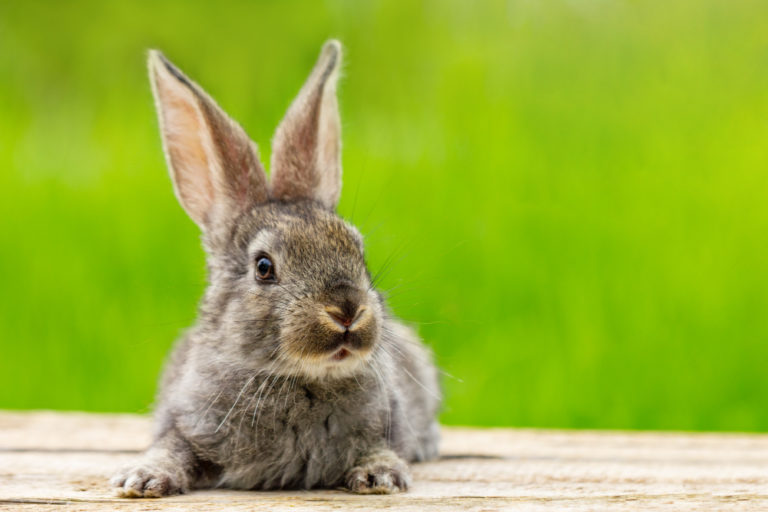Container Gardening for Beginners: 10 Awesome Tips to Get Started
Have you ever wanted to garden but don’t have the space for it? Or maybe you live in an apartment and don’t have a yard. Container gardening is the perfect solution! In this type of gardening, you can grow a wide variety of plants in pots, barrels, or other containers.
There are many reasons why container gardening is fun. One reason is that it is very versatile. You can grow about anything in a pot – from annuals and perennials to shrubs and trees. You can also arrange your plants in various ways to create exciting designs and patterns. Another reason is that it is relatively easy to do. With a bit of planning, you can have beautiful container plants that will thrive with little maintenance. You can express your personality and style through the plants and colorful flowers you choose and how you arrange them. 6 Easy Gardening Tips for a Busy Person.
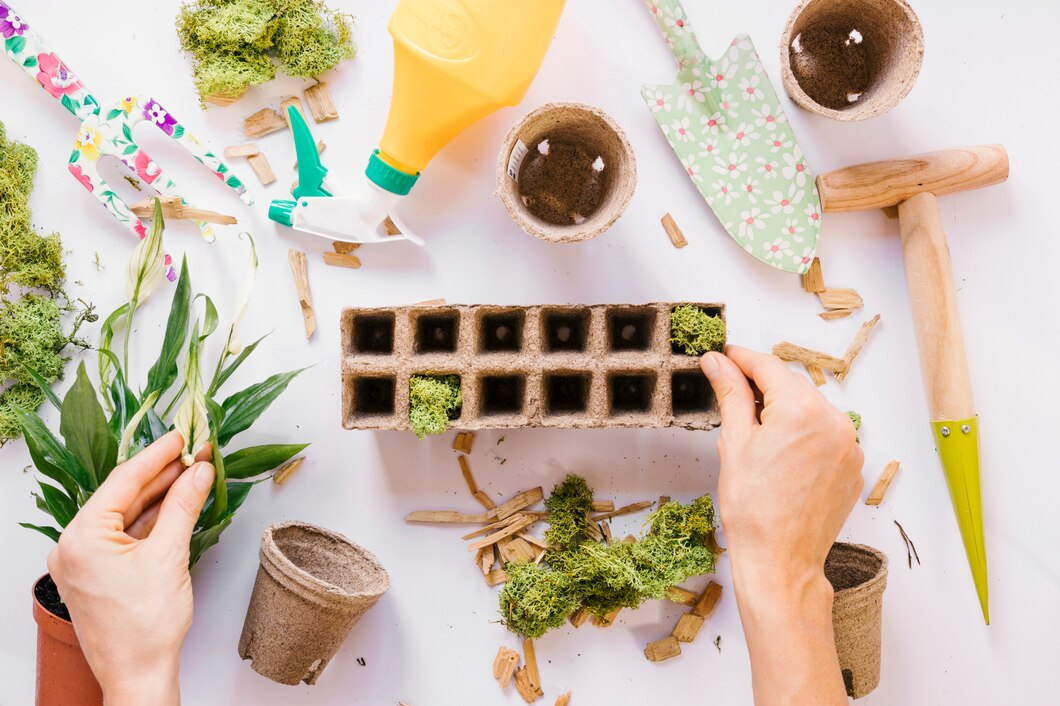
The Best Plants for your container garden
Gardens come in all shapes and sizes. For those of us with smaller spaces, containers are the perfect solution. But what are the ones best for containers? Keep reading to find out!
The psychology of color also plays a role in gardening. Cool colors like blue and purple create a feeling of calm, while warm colors like red and orange are more energizing. So if you want to create a relaxing oasis, stick to cool-toned containers. Or, if you want to add some life to a drab corner, go for a bright pop of color.
There are a few more things to consider when choosing plants for containers. First, think about the amount of sun your garden gets. If you have a shady spot, look for plants that prefer low-light conditions. Second, consider the size of your container. You’ll want to pick plants that won’t outgrow their homes too quickly. Finally, make sure you choose plants that have similar watering needs. Over- or under-watering one plant can cause problems for the other plants in the same container.
With those factors in mind, here are some of the best container plants:
impatiens, coleus, begonias, fuchsias, Wax begonias, New Guinea impatiens lobelia, pansies, petunias, snapdragons Algerian ivy (Hedera canariensis), wandering Jew (Tradescantia fluminensis), Asiatic jasmine (Trachelospermum asiaticum) Boston fern (Nephrolepis exaltata ‘Bostoniensis’), lemon button fern (Nephrolepis cordifolia), margined leather fern (Rumohra adiantiformis) dracaena marginata,’Red Margin’ (Dracaena reflexa var. angustifolia ‘Variegata’),
syngonium podophyllum,’Emerald Ripple’ (Syngonium vellozoanum ‘ ” Marble Queen’) (‘Variegata’), Prayer Plant (Maranta leuconeura ‘Erythroneura’) pothos (Epipremnum aureum), Philodendron hederaceum,’Brasil’, Scindapsus treubii ‘Silver Pothos’, Raphidophora tetrasperma Dieffenbachia amoena ‘Tropic Snow’, Dieffenbachia seguine , Calathea makoyana , Ctenanthe oppenheimiana , Maranta leuconeura var. kerchoveana , Stromanthe sanguinea Triostar , Stromanthe thyrsiflora Alocasia cucullata , Alocasia odora , Colocasia esculenta Black Magic’.
Container Gardening Tips: how to take care of your plants
- Watering
One of the most important things you need to do is to water it properly. Depending on the type of plants you are growing and the size of your containers, you will need to water your garden every day or every other day. Be sure to check the soil before watering to make sure it is dry. Also, be sure not to over-water your plants, as this can lead to problems such as root rot.
- Fertilizing
To keep your plants healthy, you will need to fertilize them regularly. You can purchase fertilizer at a local nursery or home improvement store. Be sure to read the instructions on the package before applying the fertilizer so that you know how often to apply it and how much to use.
- Pest control
Unfortunately, even if you take good care of your plants, pests can still be a problem. If you notice pests such as aphids or whiteflies on the leaves, there are several ways to get rid of them without using harmful chemicals. One way is to blast them off with water from a hose simply. Another is to mix up a homemade pest control spray using ingredients such as dish soap, neem oil, and garlic cloves.
- Pruning
Pruning is essential to taking care of any plant, including those in a container garden. Pruning helps encourage new growth and can also help get rid of diseased or damaged parts of a plant. When pruning your plants, use sharp pruning shears and make clean cuts so that you don’t damage the plant further.
- Harvesting
Once your plants have grown and are ready to harvest, be sure to do so promptly. Fruits and vegs left on the plant for too long will deteriorate and not taste as good as they could have if they had been harvested sooner. Tomatoes are one exception; if you leave them on the vine long enough, they will develop more flavor.
Best potting mix for container gardening
Any gardener will tell you that having the best potting mix for your plants is essential to a healthy garden. Container gardening is no different. It might even be more important to have the right potting mix in containers because the plants are growing in a smaller space and don’t have access to the same amount of nutrients as they would in the ground. There are a few things to consider when choosing a potting mix.
- First, make sure it is well-draining. This is especially important in containers because there is nowhere for the water to go if the potting mix is too dense.
- Second, choose a mix that contains organic matter. This will help to support the plant’s roots and provide nutrients. With so many market options, selecting the best potting mix for your needs can be confusing.
- And finally, make sure the mix is lightweight. Heavier combinations can compact easily in containers, making it difficult for roots to spread.
But if you keep these things in mind, you’ll surely find a mix that will help your plants thrive.
Growing vegetables in a container garden
Regarding growing vegetables in containers, some plants are easier to care for than others. For example, fast-growing crops like lettuce and radishes can be harvested in just a few weeks, making them ideal for beginner gardeners. Other easy-to-grow options include herbs like basil and chives, which only need a sunny spot and some well-drained soil to thrive.
First things first: you’ll need some containers. How would a container garden look without a container?! Just about any container will work, as long as it’s large enough to hold the plant and has drainage holes in the bottom. Some good options include plastic or ceramic pots, buckets, barrels, or even reusable grocery bags with drainage holes punched in the bottom.
Did you know that the type of container you choose can have an impact on your potted plants? For example, tall, narrow pots are perfect for flowers that need support, like dahlias and sunflowers. Meanwhile, wide, shallow containers are ideal for plants that spread out, like strawberries and herbs.
Once you’ve got your containers, it’s time to fill them with potting mix. You can find this at any garden center or big box store. Make sure to choose a mix formulated for container gardening; regular garden soil will compact over time and won’t drain. Learn about what is the Best Mulch for a Vegetable Garden.
Now that you’ve got your containers and potting mix, it’s time to choose your plants! Almost any fruit or vegetable plant can be grown in a container, provided your container is large enough. You can easily grow herbs, peppers, tomatoes, onions, summer squash, beans, and eggplant in summer, as well as broccoli, cabbage, lettuce, and greens in spring and fall.
Not all vegetables are suitable for container gardening; root vegetables like potatoes and carrots need too much space to grow properly in a confined space. When selecting plants, look for varieties explicitly bred for container gardening; these will be smaller and more compact than regular plants. Don’t forget, a good potting mix and the soil can be a game changer!
What type of vegetables grows best in containers?
- Lettuce
Lettuce is a cool-weather crop that does well in containers. Look for varieties bred explicitly for container gardening, such as ‘Buttercrunch’ or ‘Tom Thumb.’ Lettuce needs full sun and well-drained soil. Water regularly and fertilize every two weeks with a half-strength fertilizer solution. - Tomatoes
Tomatoes are a warm-weather crop that can be grown in containers. They need full sun and well-drained soil. Water regularly and fertilize every two weeks with a half-strength fertilizer solution. - Peppers
Peppers need full sun and well-drained soil. Water regularly and fertilize every two weeks with a half-strength fertilizer solution. - Eggplants
Eggplants need full sun and well-drained soil. Water regularly and fertilize every two weeks with a half-strength fertilizer solution. - Herbs
Herbs are a cool-weather crop that does well in containers. Almost any herb can be grown in a container. Still, some of the most popular include basil, chives, oregano, rosemary, and thyme are the better choices. Herbs need full sun and well-drained soil.
Caring for Your Plants
As mentioned above, watering is probably the most critical part of gardening, and plants grown in containers dry out more quickly than those in the ground. During the hottest months, you may need to water your pots twice a day; during cooler months, once a day should suffice. Be careful not to overwater—constantly moist soil will encourage problems like root rot.
Fertilizing is also important for keeping your plants healthy. Apply fertilizer according to the package directions; most must be applied every two weeks. Look for a fertilizer formulated for vegetables; organic options are also available.
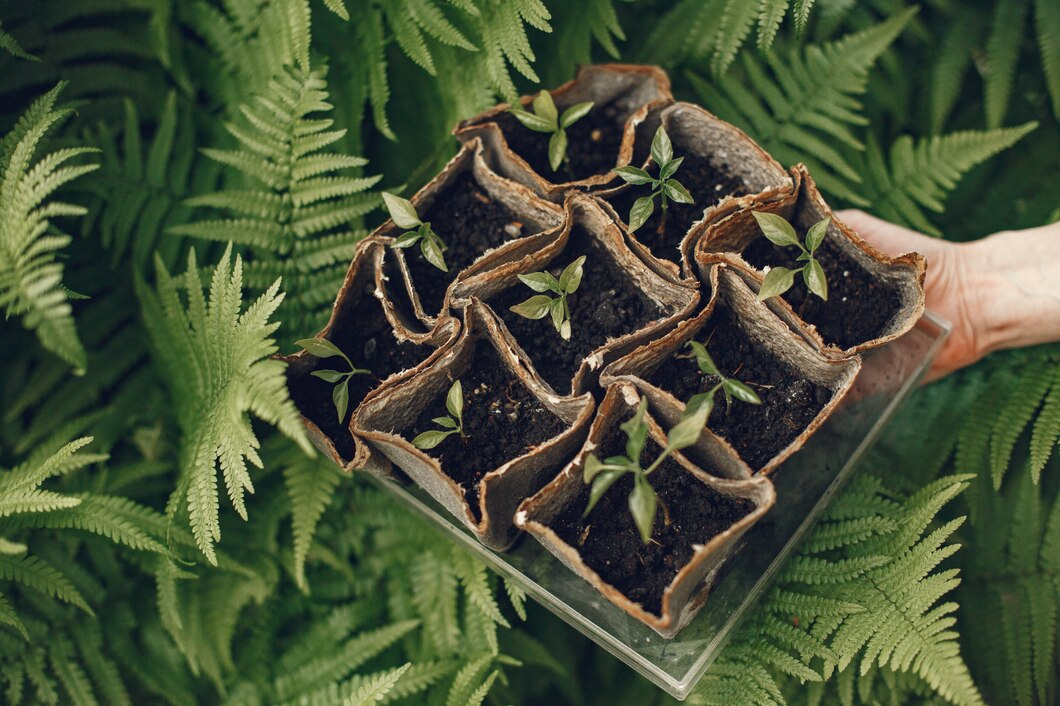
Pots with less natural light
While most plants need some sunlight to feel good themselves, there are plenty of options for those who want to create a garden in a shady spot. Creativity can transform even the darkest corner into a beautiful garden oasis. Hostas, ferns, and impatiens are all Shade-loving plants that will thrive in low-light conditions.
Ideas for Container Gardening
Once you have an idea of the plants you would like to include, you can begin to consider container ideas. If you are looking for a floral display, then a large pot or even an antique sink might be more of your style. Whatever container you choose, ensure it has drainage holes and is the appropriate size for your space. With some creativity, you can design a perfect garden container for your home.

